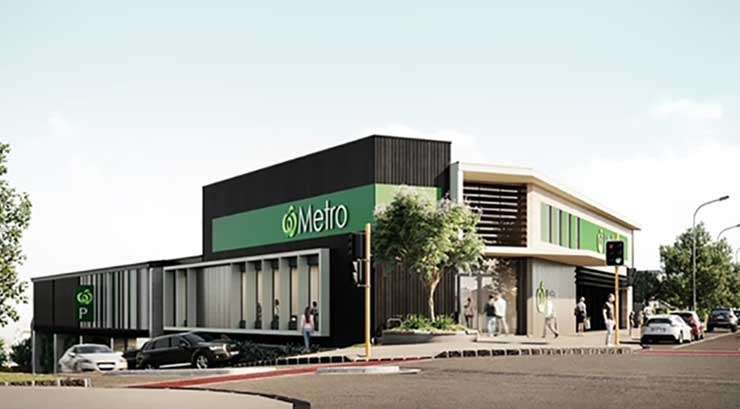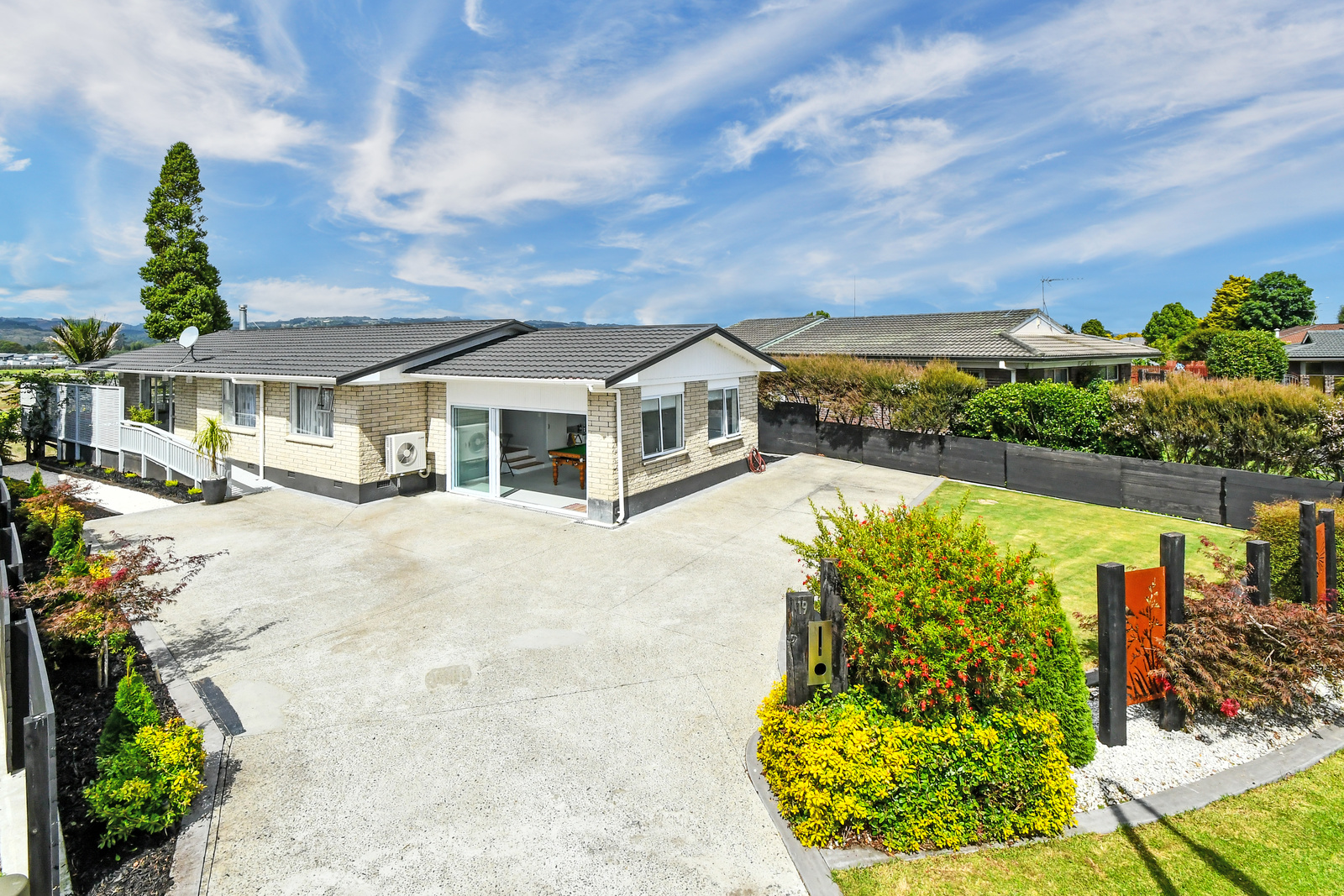Covid-19 has complicated the landscape for commercial property investment but many parts of the sector have proved resilient and strong sales are expected in the coming year, new community outbreaks aside.
OneRoof polled the heads of New Zealand’s commercial property agencies on where the risks and opportunities lay in 2021. All noted the surprising lift in the market post-Covid-19 and a desire among investors to find assets that can weather potential upsets.
And all warned that the market current course may change if New Zealand had to fight further community outbreaks with a return to local and nationwide lockdowns.
John Urlich, Commercial Manager for Barfoot & Thompson, said opportunities this year would revolve around land - in Brownfield industrial sites; subdivisable, low-rise residential land; and strategic provincial locations and sites suited to reconfigurations.
Start your property search
“Specialist investors will continue to find opportunities in the retail and office holdings as these sectors readjust to changing norms. Ultimately, fortunes, as usual, will favour the bold – we are picking a big year for property,” he said.
Urlich said one of the big lessons from last year was that the cost of borrowing was the driver of investment activity in New Zealand, but he warned investors not to neglect the business fundamentals essential to ensuring consistent rental flows.
Ryan Johnson, Bayleys national director of commercial, said that the pandemic had led to increased investor focus on lease covenants and the strength of the occupiers’ balance sheets.
“There is a recognition that decisions need to be based on not just the asset and its tenants but also where the asset is and other attributes around it. More consideration is being given as to how innovation, sustainability and leverage can influence the resilience of real estate performance,” he said.

The America’s Cup will further burnish New Zealand’s reputation with overseas investors. Photo / Michael Craig
Fiscal stimulus and the lowering of interest rates had created an unprecedented demand for income-generating assets, particularly with higher value properties. “In the last five months of 2020, Bayleys was involved in 18 $20m-plus transactions worth around $620m. This is an indication that experienced investors are looking beyond Covid-19.”
Johnson picked that resilience would be the key factor driving investor decisions in 2021.
“Core industrial, office and large-format retail will continue to be highly sought-after.
“Healthcare and data centre assets have seen a spike in global interest, albeit there is limited supply in this sector in our market.
“Particularly worth exploring are asset classes that align with structural changes, such as an ageing population, e-commerce and the resulting growth in logistics and supply chain premises, as well as the early stages of a build-to-rent sector.”
The release last year of the National Policy Statement on Urban Development would open up further development opportunities in high growth parts of the country, and the nearly $20b of term deposit outflows from major trading banks has created a “tsunami” of cash looking for better after-tax real returns.
“A good chunk of this can be expected to continue to flow into shared property ownership funds. Investors need to be aware of the trade-off between risk and reward with a higher return generally equating to greater risk,” Johnson said.
Andrew Stringer, senior managing director of CBRE, said New Zealand’s relative isolation and transparent systems and taxes were highly valued by offshore investors and that sentiment would likely continue due to the country’s handling of Covid-19.
He said that while foreign interest had remained strong last year that didn’t necessarily translate into an increase in investment.
“We specialise in [assets worth] $50m-plus and I think our average of the 13 major transactions we completed last year was just over $100m, so very significant assets. There was interest from offshore parties in every single one of our campaigns but they were beaten to the punch by local investors,” he said.

An artist’s impression of a new Countdown development in Auckland’s Herne Bay. Supermarkets are hot property right now. Photo / Supplied
Stringer said investors should focus on demographic trends, arguing that how people used real estate was a key factor in the financial success of an asset.
“We’ve got an ageing population, we can’t hold that tide back, so that supports the retirement sector and the healthcare sector amongst others.”
Stringer agreed that the build-to-rent sector was an area to watch but the timing of the border reopening remained critical.
Todd Lauchlan, managing director of JLL New Zealand, also noted the surprising resilience of the market last year, and the resulting flight to quality.
“Two or three transactions late last year were had yields of below four percent and this is record territory really. We haven’t really seen any distress in sectors of the market you might have thought would be really impacted by Covid.”
Lauchlan thinks more money will go into the premium office market this year, with clients looking outside of Auckland to Wellington, Christchurch and other regional cities.
Mark Synnott, CEO of Colliers International New Zealand, said commercial property sales volumes have been trending upwards with record pricing on a quarter on quarter basis which is likely to continue this year.
He, too, cited New Zealand’s strong reputation as a safe haven for capital as a key factor in the year ahead, adding that the America’s Cup would be a huge boost to the New Zealand brand.
“New Zealand is the only country in the world right now able to host a major international sporting event in a safe, Covid-free environment,” he said.
“This is likely to inspire a large number of well-qualified offshore immigrants to move here once the borders open, bringing even further capital and competition to the market.”

















































































